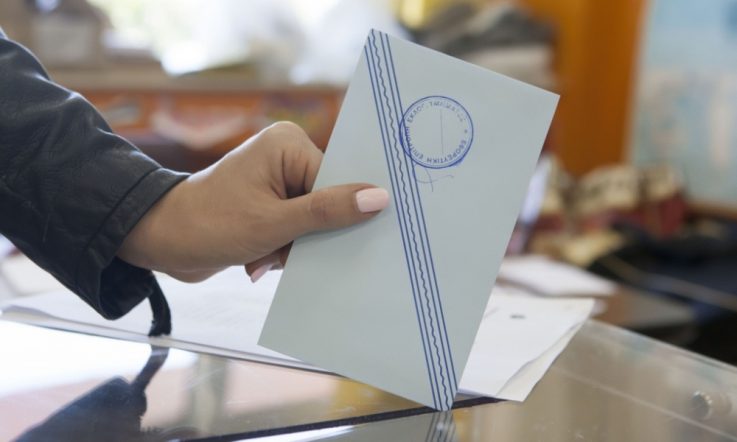Last term, Teacher brought you news of a research report calling for an increase in flexible and inclusive learning programs. As a follow-up, Editor Jo Earp finds out more about one of the case studies featured in the report.
'To quote Paul Kelly - from little things, big things grow,' Principal Chris Cawsey tells me as she recounts the story of how Rooty Hill High School developed its Asia literacy program.
It started when the Western Sydney high school and its three partner primary schools successfully applied for a small grant from the Asia Education Foundation to support an Asia literacy project.
'Our Head Teacher LOTE, John Meng, started by taking one class, learning Mandarin and learning Chinese,' Cawsey explains. 'We decided the following year … that we would then move the school across to fully doing Chinese.
'[There was also] a regional program - called the Ningbo exchange program - running for a couple of years. Exchange teachers came from Ningbo in China and did one day a week with us. So we were pottering around there for a couple of years, trying to do the Asia education, gradually converting us across to teaching Chinese as our LOTE mandatory 200 hours that we do in New South Wales high schools.'
The school reported on its work in the first and third editions of the LLEAP (Leading Learning in Education and Philanthropy) dialogue series, and Cawsey says they were was still 'scrabbling around' for little grants when the regional education director asked if Rooty Hill High wanted to host a Confucius Classroom. The classrooms promote the learning of Chinese language and culture and are funded by Hanban, an affiliate of the Chinese Education Ministry.
'We went from being a school with not much happening at all, or just pottering and trying to get the Asia education thing happening, to being a school with this Confucius Classroom and having a very significant outreach program.'
That outreach program includes having a Chinese-trained teacher who works with the school every year, a cultural excursion and exchange to China for students, parents and teachers, and ongoing work with its partner primary schools.
Teachers involved in the 2013 exchange made a commitment to embed a unit in their subject area that focused on Chinese culture. An English unit for Year 7s used Chinese myths and fairytales, China became a major case study in Economics and Business, and Chinese history is a major case study in Modern History.
Cawsey says the success of the program, and the fact the school is recognised for its leadership in this area, is all the more remarkable because Rooty Hill is an L2 community - that is, no-one speaks Chinese as a first language.
'We really thought it was important that we had a strong Asian focus here in Western Sydney because this is where we're at; we've got a large Filipino community that feeds to the school, there's a lot of interest in Asian culture, we have children from the subcontinent, [and] quite a number of Islander and Pasifika students as well. So, we're trying to actually be representative of our kind of community.'
The Principal advises that to move from a small project to a sustainable program, school leaders have to include it in their strategic plan. And, when forming partnership links, there needs to be something in it for everyone. '... We've got 27 partnerships now of different kinds for different values and we've got a value proposition document that we use and ask our partners to use as well to determine whether there is ongoing value in the partnership.'
The school also places a strong emphasis on evidence-based approaches, which includes monitoring the continuing impact of its programs on student outcomes. 'All of our teachers are now doing action research each year and our whole school plan is built like an action research project, so we are working heavily on evidence.'
How could community partnerships support some of your students' needs?
What impact are your school programs having on student outcomes? How do you know?



